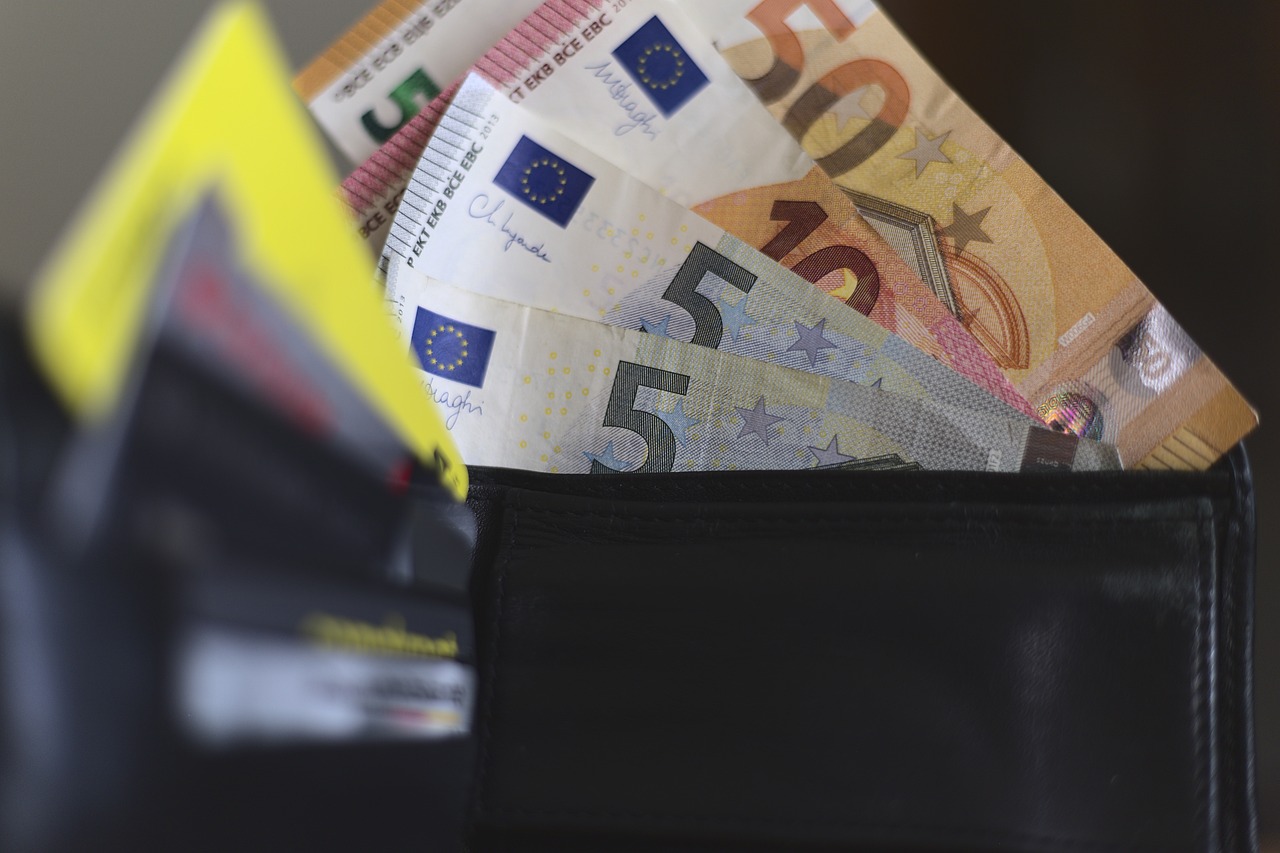Everything You Need to Know About Sending Money with Prepaid Visa Cards: Limits, Safety, Transfer Options, and Fees
GPT_Global - 2025-09-10 11:30:37.0 18
What’s the difference between using a prepaid Visa card and a debit card for sending money?
When it comes to sending money, many people use prepaid Visa cards or debit cards. However, there are key differences between these two options, particularly in terms of how they function and the associated fees. A prepaid Visa card is loaded with a specific amount of money before use. It’s not tied to a bank account, making it ideal for people who don’t have a traditional bank account or prefer to manage spending in a more controlled manner.
On the other hand, a debit card is directly linked to your checking account. This means you’re using your own funds to send money, and transactions will be debited directly from your account. Debit cards often come with fewer fees compared to prepaid cards, but they might be subject to overdraft fees if you don’t have sufficient funds in your account.
Both options offer convenience, but prepaid Visa cards can sometimes incur higher fees for loading, maintenance, or international transfers. Debit cards are often better suited for those with active bank accounts, offering more straightforward and cost-effective remittance solutions.

Can I send money from a prepaid Visa card to someone without a bank account?
Many people wonder if they can send money from a prepaid Visa card to someone who doesn’t have a bank account. The good news is that it is possible, but the method you choose will depend on the services available in your region. Prepaid Visa cards work like debit cards, so you can use them to access transfer platforms, mobile wallets, or money transfer operators. One option is to use a reputable remittance service that allows payments through prepaid cards. These services can transfer money directly to the recipient’s mobile wallet or allow them to pick up cash at a local agent. This makes it convenient for people who don’t have bank accounts but still need quick access to funds. Another alternative is linking your prepaid Visa to an online payment platform that supports peer-to-peer transfers. From there, you can send funds that the recipient collects as cash or in a digital wallet. Always check the fees and exchange rates, as they may vary depending on the service provider. With the right remittance solution, sending money from a prepaid Visa card to someone without a bank account is simple, safe, and efficient.Are prepaid Visa cards eligible for ACH transfers?
Prepaid Visa cards are widely used for everyday purchases, but when it comes to ACH (Automated Clearing House) transfers, the answer is not so straightforward. ACH transfers are commonly used for direct deposits, bill payments, and transfers between bank accounts. However, prepaid Visa cards typically don't support ACH transfers directly.
Prepaid Visa cards are not linked to a traditional bank account, making it difficult to use them for ACH transactions. To receive ACH transfers, the card must be linked to an account that supports such transfers, like a checking or savings account. Some prepaid card providers may offer an option to link your card to an external account, but this depends on the provider's features.
If you need to receive funds via ACH, it's recommended to use a traditional bank account instead of relying on a prepaid Visa card. Alternatively, some remittance services can help transfer funds to a prepaid card, though ACH may not be supported.
For remittance businesses, it's important to educate customers on the limitations of prepaid Visa cards for ACH transfers and explore other options for sending and receiving funds effectively.
How do I avoid transfer fees when sending money with a prepaid Visa card?
Here’s a concise SEO article for your remittance business, formatted with `` tags: ---Sending money with a prepaid Visa card can be convenient, but many people worry about transfer fees eating into the amount received. If you want to maximize your remittance value, understanding how to avoid or minimize these costs is essential.
One effective way to avoid transfer fees is by choosing a remittance service that partners directly with prepaid Visa cards. Some providers allow you to link your card and send money without extra charges. Always compare providers, as some platforms offer free transfers for first-time users or when sending above a certain amount.
Another tip is to use digital wallets or apps connected to your prepaid Visa card. By funding the wallet with your card and sending money within the app, you can often bypass traditional transfer fees. Look for promotions, loyalty rewards, or special fee-free days offered by remittance companies.
Lastly, check if your prepaid Visa card issuer offers exclusive deals with remittance services. Some cards come with partnerships that reduce or eliminate fees. By researching and selecting the right method, you can send money abroad securely while ensuring your loved ones receive the full benefit.
Can I send money to myself using a prepaid Visa card?
Many people wonder, “Can I send money to myself using a prepaid Visa card?” The answer depends on how you plan to move funds. Prepaid Visa cards are designed for purchases and payments, but they can also be useful in remittance scenarios. By loading funds onto your prepaid card, you can use it as a simple way to access money, whether traveling abroad or managing finances online.
One method is transferring money from your bank account to the prepaid Visa card. Once loaded, you can withdraw cash at ATMs internationally or use the card for payments where Visa is accepted. Some remittance services even allow you to send funds directly to a prepaid Visa card, giving you instant access without needing a traditional bank account.
However, not all prepaid Visa cards support direct person-to-person transfers. If your goal is to send money to yourself while abroad, check the card’s terms or partner with a remittance company that offers prepaid card delivery. This option ensures safe and quick access to your money without high fees. For anyone seeking convenience and flexibility, prepaid Visa cards remain a valuable tool in modern remittance services.
Are prepaid Visa cards safe for sending money online?
Here’s a concise SEO-friendly article within your requested word count and format: Prepaid Visa cards are increasingly popular for sending money online, especially in the remittance industry. These cards allow users to load funds in advance, making them a convenient option for transferring money without linking to a personal bank account. Since they are not directly tied to your credit or debit accounts, prepaid Visa cards provide an added layer of security against fraud or unauthorized access. When sending money abroad, safety is always a top priority. Prepaid Visa cards use the same secure payment networks as traditional Visa cards, ensuring encrypted transactions. Many cards also come with fraud protection features and the ability to freeze or replace the card if lost. This makes them safer than carrying large amounts of cash or sharing sensitive bank details online. For remittance businesses, prepaid Visa cards are not only safe but also practical. They can be used to transfer funds quickly, often with lower fees than traditional bank transfers. Whether sending money to family or paying for international services, prepaid Visa cards offer a secure, efficient, and reliable way to move money online.What limits apply when sending money with a prepaid Visa card?
When sending money with a prepaid Visa card, it’s crucial to understand the limits that apply to ensure smooth transactions. Prepaid Visa cards offer a convenient way to transfer funds, but various factors can affect the amount you can send.
Firstly, the transfer limits are determined by the issuer of the prepaid card and can vary depending on the type of card, location, and the service used for the transaction. For example, some cards allow transfers of up to $10,000 per day, while others may limit it to $2,500.
Another key factor to consider is the card’s balance. You can only send money up to the available funds on your card. If you attempt to transfer more than the balance, the transaction will be declined. Additionally, fees may apply based on the transfer amount and the destination country.
It’s essential to review the terms and conditions of your prepaid Visa card before initiating a transfer. This will help you avoid exceeding any limits and ensure your remittance is processed efficiently.
Can I use multiple prepaid Visa cards to send one larger transfer?
When sending money through a remittance service, you may wonder if it's possible to use multiple prepaid Visa cards to fund a single larger transfer. The short answer is: it depends on the provider and their specific policies. Some remittance businesses allow multiple payment methods, including using different prepaid cards to fund a transaction, while others may restrict this option to a single card per transfer.
In most cases, remittance services have a limit on the amount you can send per transaction. If you’re looking to send a larger sum, using several prepaid Visa cards might be an option, but be sure to check with your provider beforehand. Certain companies may allow you to combine funds from multiple cards to meet the required amount for a transfer.
However, it’s essential to understand any potential fees that may apply when using multiple prepaid cards. Each card might carry its own transaction fee, and using multiple cards could result in additional charges. To avoid surprises, always read the fine print of your remittance service and confirm whether this method is allowed.
In conclusion, while it is possible to use multiple prepaid Visa cards for one transfer, verifying the terms with your remittance provider is essential to ensure a smooth and cost-effective transaction.
About Panda Remit
Panda Remit is committed to providing global users with more convenient, safe, reliable, and affordable online cross-border remittance services。
International remittance services from more than 30 countries/regions around the world are now available: including Japan, Hong Kong, Europe, the United States, Australia, and other markets, and are recognized and trusted by millions of users around the world.
Visit Panda Remit Official Website or Download PandaRemit App, to learn more about remittance info.



